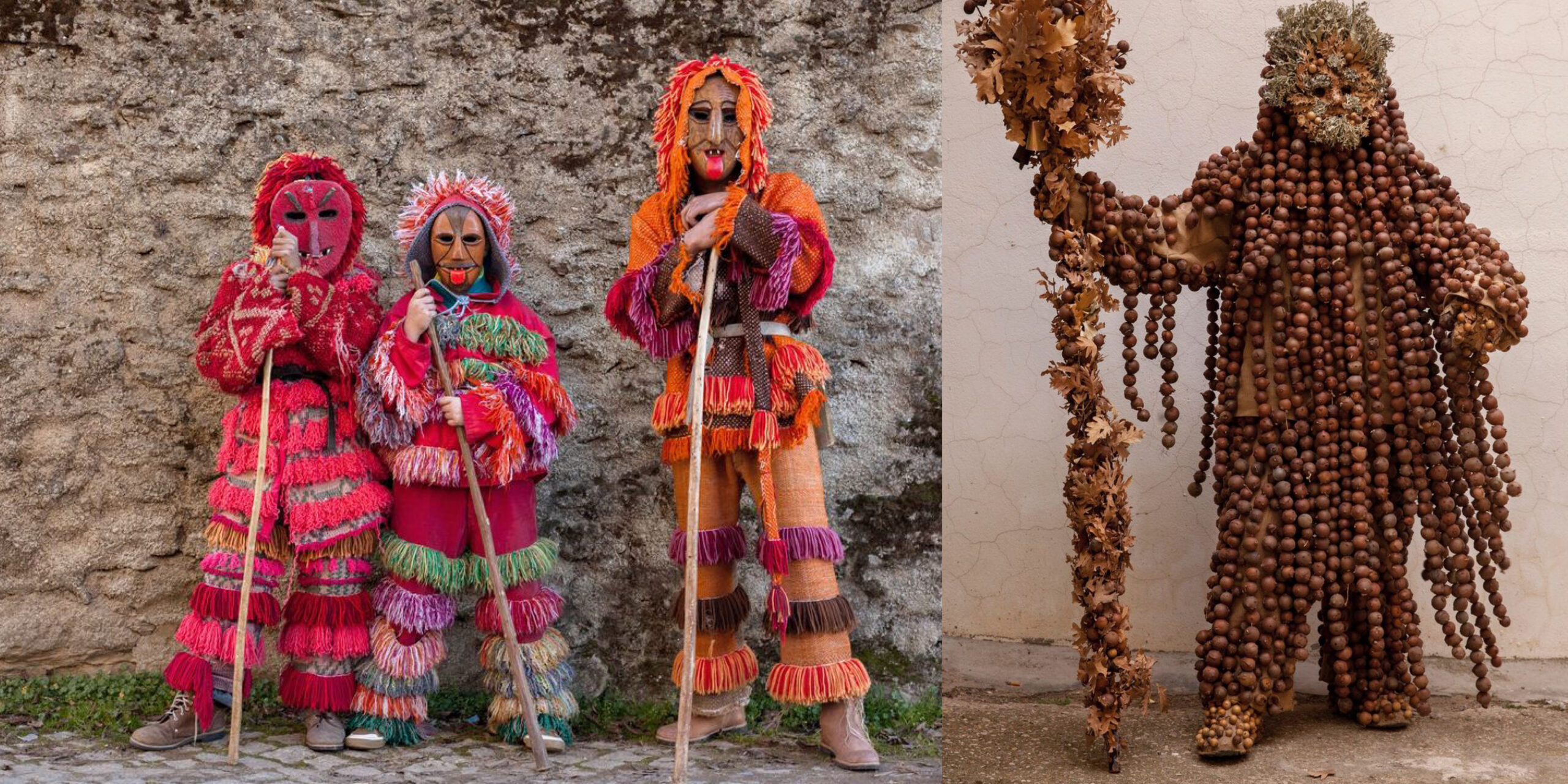Ximenez’s photographs serve as critical anthropological evidence of the people who continue to celebrate ancestral traditions.
Over the last few decades, ancestral rituals and celebrations have become increasingly harder to find. But in Iberia, the Southwestern region of Europe consisting of Portugal and Spain, these rituals happen in rural communities with the changing of seasons. Festivals filled with intricately costumed and masked individuals keep the ancient culture alive. Photographer Carlos González Ximenez has made it his mission to track down these pagan festivals and document the masquerades. He calls himself, Mask Hunter.
Ximenez started collecting masks from around the world when he was a child. For him, his European Masks project brought his two passions, photography, and masks, together. The masks Ximenez captures are usually made of animal skins, carved wood, or other natural materials, making the mask wearer appear almost non-human. Not only are Ximenez’s mask images aesthetically powerful, but they serve as critical anthropological evidence of the people who continue to celebrate unusual traditions. “They are like a living museum where the hidden meanings of these celebrations can still be found,” says Ximenez over email to Mission. Ximenez, therefore, describes himself as an adventurous photographer with the spirit of an anthropologist. His art is truly a hunt, “it’s a long process that begins with the collection and study of these traditions, geolocation of the towns, dates of celebration and travel,” he explains.
Ximenez began hunting down masked rituals to capture over twenty years ago as the festivals started to disappear (they have since seen a revival across Spain and Portugal). Ximenez’s intentions didn’t begin as an attempt at revival but to capture the richness of disappearing Iberian culture before it was gone.
The ensembles in Ximenez’s photographs appear heavy and awkward to wear; it’s hard to imagine a person underneath them. Ximenez explains that single young men are usually undergoing a rite of passage during winter festivals. Other times, it’s anonymous locals during carnivals–the anonymity allowing them to take on a character fully. In Ximenez’s words, it’s “imaginative, comical, grotesque, and transgressive behavior.”
The ancestral celebrations occur every winter, with many designed to scare away the evil spirits that purportedly come with the season. Despite the anonymity afforded by the masks and disguises, the ritual is highly personal to those participating. “The bearers of the masks are rural residents who experience an ancestral transformation. The mask ensures the change of the annual cycle for the entire community. It also offers them an encounter with their other personality, their ‘jungle soul,’” Ximenez says.
For Ximenez, the ancestral connection is what his work is all about. “I would like my photographs to convey that magical need for communion with nature and the connection to it that our ancestors had,” he explains.
Images courtesy of Carlos González Ximenez





